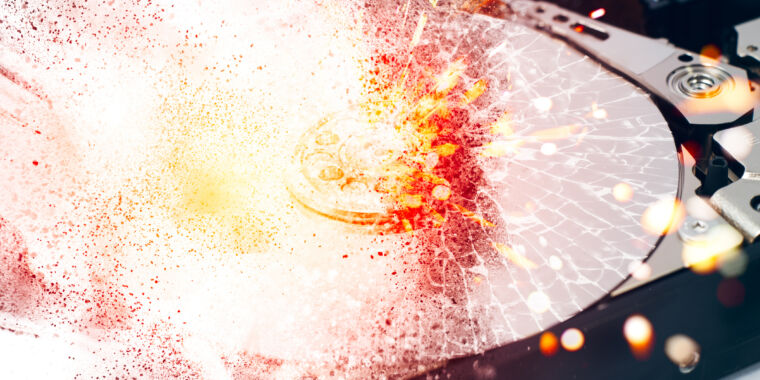Music Industry’s 1990s Hard Drives: Like All HDDs, Are Dying
The 1990s was a decade that saw the music industry undergo a revolution with the advent of digital music. With the rise of CDs and computer technology, music labels and artists began to store their music digitally on hard drives. These hard drives were essential for recording, storing, and distributing music. However, as time has passed, these 1990s hard drives, like all HDDs, are now reaching the end of their lifespan, posing potential risks for the music industry.
The Problem with 1990s Hard Drives
Hard drives from the 1990s were built to last for a certain amount of time, typically around 5-10 years. As these hard drives age, they become more prone to failure and data loss. Music labels and artists who have stored their music on these aging hard drives are at risk of losing their entire catalog if they do not take action to transfer their files to newer storage solutions.
Technical Obsolescence
Another issue with 1990s hard drives is their technical obsolescence. In the 1990s, the capacity of hard drives was much smaller compared to today’s standards. This means that the storage space on these hard drives is limited and may not be able to accommodate the growing size of digital music files. Additionally, the interfaces used to connect these hard drives to computers may no longer be supported by modern computers, making it difficult to access the data stored on them.
Risks of Data Loss
The biggest risk associated with 1990s hard drives is the potential for data loss. As these hard drives age, they are more likely to fail, resulting in the loss of important music files. This can be devastating for music labels and artists who rely on their music catalog for their livelihood. It is crucial for them to invest in data migration services to transfer their music files to newer, more reliable storage solutions before it’s too late.
The Future of Music Storage
With the decline of 1990s hard drives, the music industry is turning to newer storage solutions to safeguard their music catalog. Solid-state drives (SSDs) have become the preferred choice for storing music due to their durability and faster read/write speeds. Cloud storage services also offer a convenient and secure way to store and access music files from any location.
Conclusion
As technology continues to advance, it is important for the music industry to adapt and upgrade their storage solutions to protect their valuable music catalog. The era of 1990s hard drives is coming to an end, and it is crucial for music labels and artists to prioritize data migration to ensure the safety and longevity of their music files.
FAQs
Q: Can data recovery services help retrieve data from failing 1990s hard drives?
A: Data recovery services may be able to retrieve data from failing 1990s hard drives, but there is no guarantee of success. It is always best to proactively transfer data to newer storage solutions before a hard drive failure occurs.
Q: How can music labels and artists safeguard their music catalog from data loss?
A: Music labels and artists can safeguard their music catalog from data loss by investing in data migration services to transfer their music files to newer storage solutions such as SSDs or cloud storage services.
Q: What is the lifespan of a typical hard drive?
A: The lifespan of a typical hard drive is around 3-5 years, but this can vary depending on usage and environmental factors. It is recommended to replace hard drives every 5-10 years to prevent data loss.




